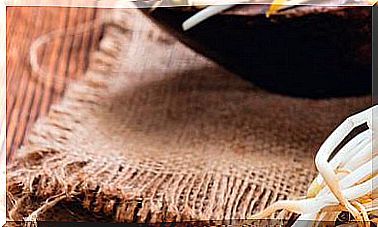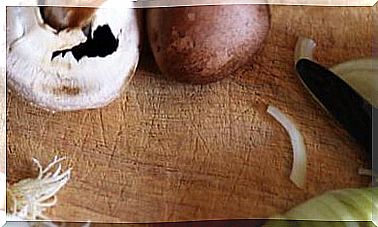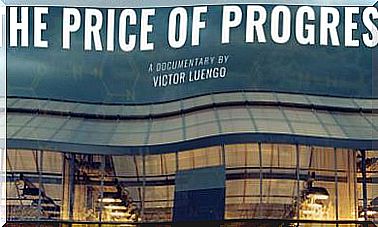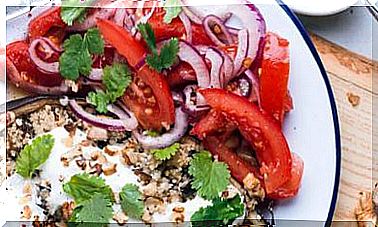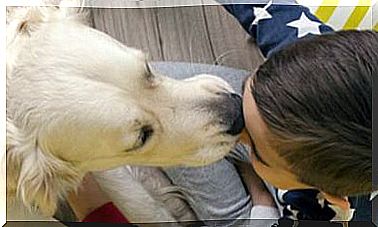Are We Violent By Nature?
Created for peace, raised for war. Violence is not innate, but being exposed to it in childhood generates aggressive behaviors.

Finding the seed of the violent behavior of children and young people is the key to changing this current society that has normalized coexistence with violence.
We assume that children “are cruel” by nature. It is “normal” for them to insult the child in the glasses, the chubby or the stranger in the class because “children are bad.” According to Dr. Antonio Andrés Pueyo, 7% of schoolchildren mistreat their classmates on a regular basis, and 9% are usually victims. The age peaks of these behaviors are in the 7 and 13-14 years.
We also consider it “normal” for adolescents to be surly, challenging and even commit vandalism. 6% of young people become a persistent aggressor or violent person and the vast majority sometimes carry out anti-normative and violent behaviors.
Literature and popular filmography are full of examples of stories of children who, as a normal part of their childhood, fight, hunt, torture, lie and break family and social norms of coexistence.
Science disproves the idea that violence is innate
But violence is not innate, it is learned, as reflected in the Seville Manifesto written for UNESCO in 1986 by a committee of 17 world specialists in various scientific disciplines.
Luis Rojas Marcos, professor of psychiatry at New York University, assures that although aggressiveness can be innate and helps us in our survival, cruelty and violence are learned.
According to Rojas Marcos, the seeds of violence are sown in the first 10 years of life (a stage of enormous neuroplasticity in which the brain quadruples in size).
What factors drive us to be aggressive?
1. Exposure to violence during childhood
Being exposed to violent situations in the first years of life is an important risk factor when it comes to generating violent children and young people.
Despite this, we have traditionally considered that an authoritarian education, based on restraint through punishment, including physical punishment, is the only one capable of controlling this alleged violence innate in our nature and resulting in peaceful adults adapted to life in society.
The German journalist Katarina Rutschky called it “black pedagogy” in a book of the same title published in 1977, and years later, the Swiss psychologist Alice Miller would popularize this term even more in her work For your own good. By “black pedagogy” we understand the roots of violence in the child’s education.
Miller denounces the damage caused to the child by an education that, based on the idea that “I am punishing you for your own good”, nullifies his will and turns him into a docile and obedient being, at the same time that leads him to a repetition of the acts : the child who has been hit, threatened and humiliated, in the future will threaten, hit and humiliate in turn.
The same science tells us with studies such as the one carried out by Tracy Afifi, published in the prestigious Pediatrics, in which it is shown that, even in the absence of abuse, the so accepted “slap in time” is associated with the development of disorders of the mood, anxiety disorder, substance abuse, and personality disorders.
2. The mother’s stress influences the child’s aggressive behavior
But the seeds of violence are sown from the primal stage, that is, from conception to the first year of life. We know that the stress suffered by the mother during pregnancy increases the possibility that her child will develop behavior disorders, aggression and anxiety.
Dr. Michel Odent and the South African pediatrician Nils Bergman tell us that birth is another delicate moment in which interventions such as the administration of synthetic oxytocin (the love hormone) or the separation of the baby from its mother after delivery, can mark the neurological development of the baby to the point of affecting his physical and mental health in adult life.
This need for human contact of the baby, especially with his mother, continues for the next nine months, considered the stage of exterogestation, a reality perfectly reflected by Jean Liedloff in his work.
3. Parent-child conflicts
James Prescott showed us in the 1970s that the most peaceful societies are those that most respect this primal need for babies to be in physical contact with their caregiver.
The prevailing custom in our culture of keeping babies away from our body, forcing them even to sleep alone, creates stress for them and this can exceed their ability to adapt, which is considered another significant risk factor when it comes to developing behaviors violent both during childhood and in adult life.
Therefore, if we want a peaceful society, we must consider a major paradigm shift. Babies who are gestated, born and raised in non-stressful environments that fulfill their primal desires will become children who will not be lacking and, therefore, will have a greater predisposition for peaceful coexistence, empathy and love.
If these children are also educated without violence, they will never know domination, authoritarianism or fear of punishment, so they will not need to repeat this pattern in others or in their own descendants.
It is possible that these children are able to develop their full capacity to love, as predicted by Michel Odent and, with it, to create a more peaceful and tolerant society, where violence, both in children and in adults, is not the norm but exception.

